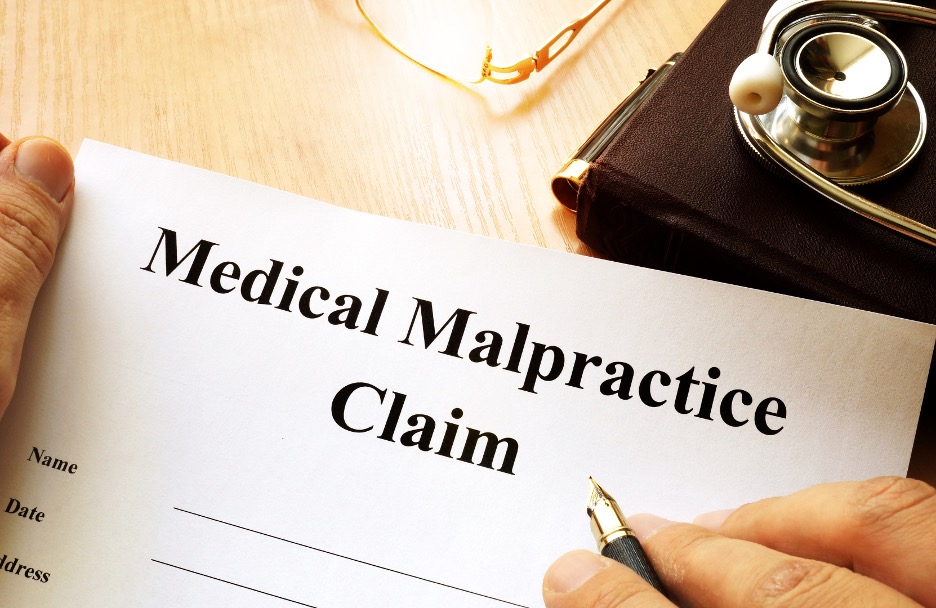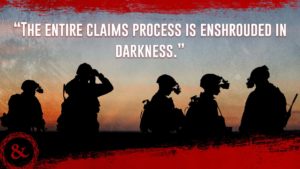Military medical malpractice claims are inherently complex, requiring a thorough understanding of both medical and legal intricacies. One of the significant challenges in these cases is proving causation – establishing a direct link between the alleged medical malpractice and the harm suffered by the service member. In this blog, we explore the unique challenges in proving causation in military medical malpractice claims and how legal strategies can address these complexities.
Complexity of Medical Cases:
Military medical malpractice cases often involve intricate medical procedures, specialized treatments, and complex healthcare scenarios. Proving causation requires a deep understanding of the medical nuances involved, making it essential to engage expert witnesses with expertise in the relevant field. These experts play a crucial role in explaining the standard of care, identifying deviations, and establishing a connection between malpractice and harm.
The Feres Doctrine as a Legal Challenge:
The Feres Doctrine, which limits service members’ ability to sue the government for injuries sustained incident to military service, poses a significant legal challenge. Proving causation within the confines of the Feres Doctrine requires navigating its restrictions and understanding when exceptions might apply. Legal strategies must address this unique hurdle in military medical malpractice cases.
Pre-existing Conditions and Contributory Negligence:
Defense arguments often involve asserting that the service member had pre-existing conditions or engaged in behaviors contributing to the harm suffered. Proving causation becomes more complex when these factors are introduced, requiring a careful examination of medical history, expert opinions, and legal strategies that address the impact of pre-existing conditions on the alleged malpractice.
Military Necessity and Operational Decisions:
Military medical providers may make decisions based on considerations of military necessity and operational requirements. Proving causation in such cases involves demonstrating that the medical decisions, even if made in the context of military necessity, directly contributed to the harm suffered. Addressing these unique circumstances requires expertise in both military and medical law.
Establishing a Chain of Causation:
Proving causation involves establishing a clear chain of events linking the medical malpractice to the harm suffered. This requires meticulous documentation, thorough investigation, and the ability to present a compelling narrative that demonstrates how each step in the medical process contributed to the adverse outcome.
Overcoming the “But For” Standard:
In many legal systems, including military medical malpractice cases, establishing causation often involves meeting the “but for” standard. This means proving that, but for the alleged malpractice, the harm would not have occurred. Meeting this standard requires a comprehensive analysis of the facts, medical records, and expert testimony to convincingly establish the causal relationship.
Distinguishing Between Unfortunate Outcomes and Negligence:
Not every unfortunate medical outcome is a result of negligence. Defense strategies may involve arguing that the harm suffered was an inherent risk of the medical procedure or that the healthcare provider followed established protocols. Proving causation requires demonstrating that the harm was a direct result of the provider’s deviation from the standard of care.
Navigating Statute of Limitations Challenges:
Service members must adhere to specific timelines for filing military medical malpractice claims. Proving causation within the applicable statute of limitations adds another layer of challenge. Legal strategies must address timelines, ensuring that the case is filed within the required period while still conducting a thorough investigation to establish causation.
Utilizing Expert Witnesses Effectively:
Expert witnesses play a central role in proving causation. The challenge lies in selecting and presenting these experts effectively. The legal team must carefully choose witnesses who can provide credible opinions on the standard of care, deviations from it, and the direct link between malpractice and harm.
Legal Advocacy and Strategic Approach:
Given the complexity of proving causation in military medical malpractice claims, effective legal advocacy and a strategic approach are paramount. Attorneys specializing in military medical malpractice must employ a comprehensive strategy that addresses both the medical and legal aspects, leveraging expert testimony and legal arguments to build a compelling case.
Conclusion:
Proving causation in military medical malpractice claims is a multifaceted challenge that demands a nuanced understanding of medical procedures, legal doctrines, and the unique circumstances of military service. Overcoming these challenges requires a collaborative effort between legal professionals, medical experts, and the affected individuals. By addressing each facet with diligence and expertise, it is possible to build a robust case that establishes a clear link between the alleged malpractice and the harm suffered by the service member.

 Call Now- Open 24/7
Call Now- Open 24/7




